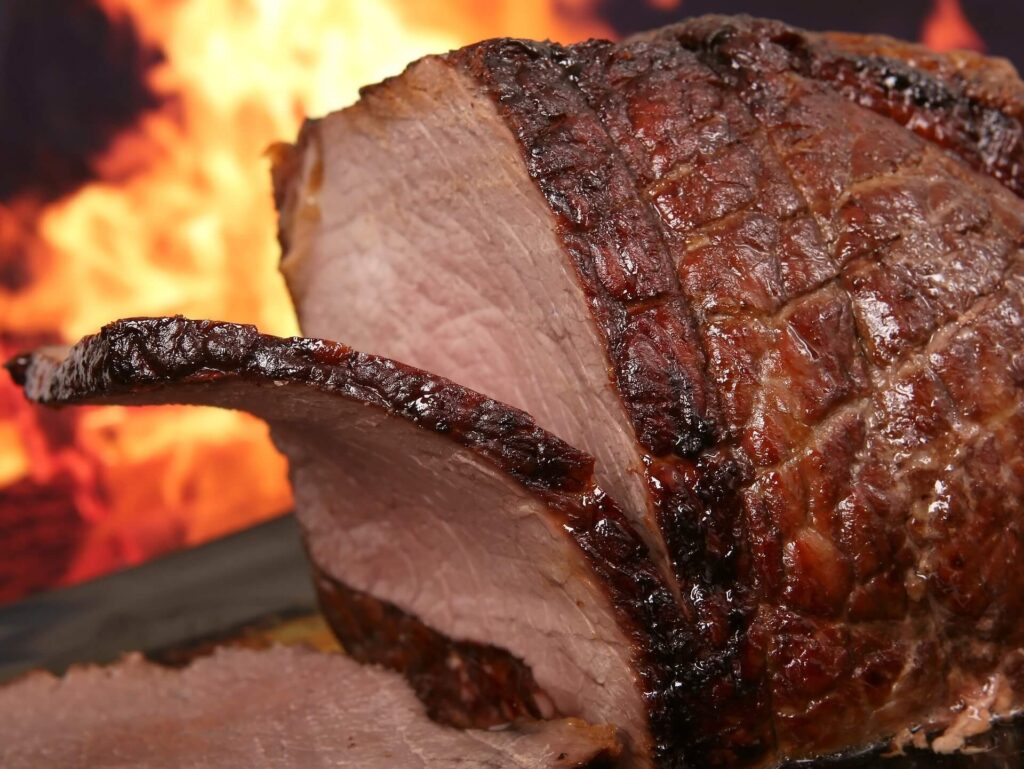Meat – 5 Best sort of meat and the healthy advantages to our body
Meat What is it?
Meat is consume by humans as a meal by preparing and cooking animal flesh. This term refers to muscle tissue found in mammals and birds in countless countries, such as steaks, chops, ribs, or roasts, or its ground form.
But today, it is generally excluded from Western diets. Despite this, it continues to be well-liked in several parts of the globe, mainly amongst old-fashioned societies. Organ dishes are additionally popular.
The liver of ducks or geese is used to make foie gras. While sweetbreads are composed of thymus glands and pancreas, Menudo is composed of tripe (stomach).
Currently, most of the meat eaten worldwide comes from domesticated animals raised on farms, mainly in immense industrial complexes that house thousands of animals at a time.
There is a common trend among countless nations to go vegan, but by the awe stories about red meat, the thought of consuming it is disappearing. Plant proteins are considered rather than animal proteins by the vast majority of the community for their daily nutritional needs.
In light of this not being true, here is a list of how consuming it plays a role in performing crucial metabolic functions and supplying energy:
What is the 5 best sort of meat?
1. Non-Processed types
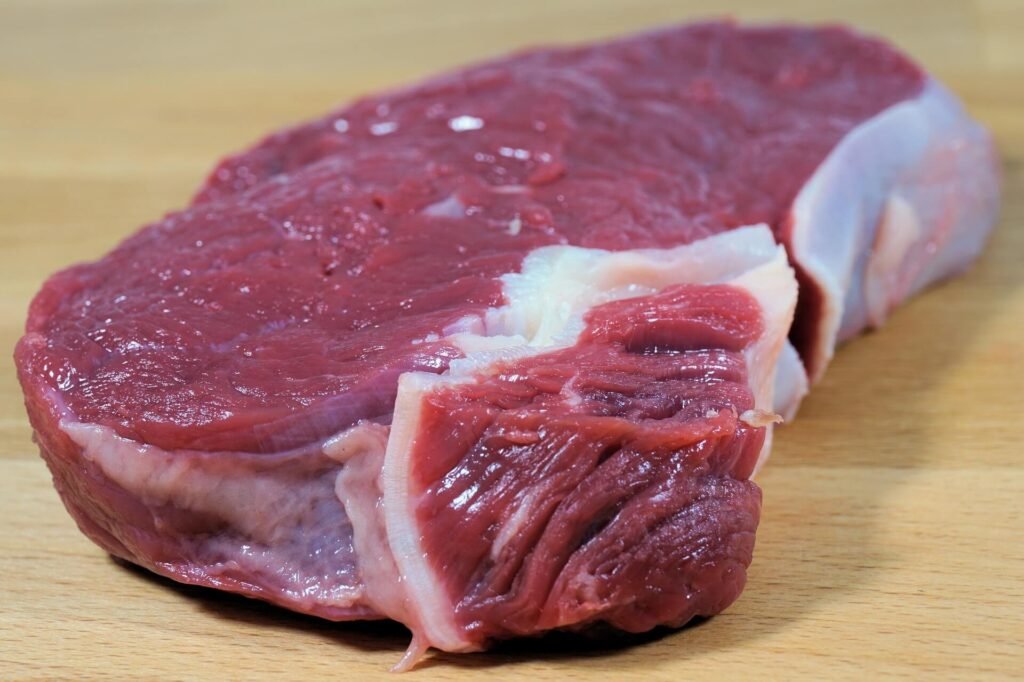
It’s overall better to buy foods with the fewest ingredients, as they’re less processed and closer to their natural state. There’s no list of ingredients on it since the meal itself is the only ingredient (the same applies to new and frozen vegetables). Prepare your meals as said with these types of food.
2. Grass-fed Beef
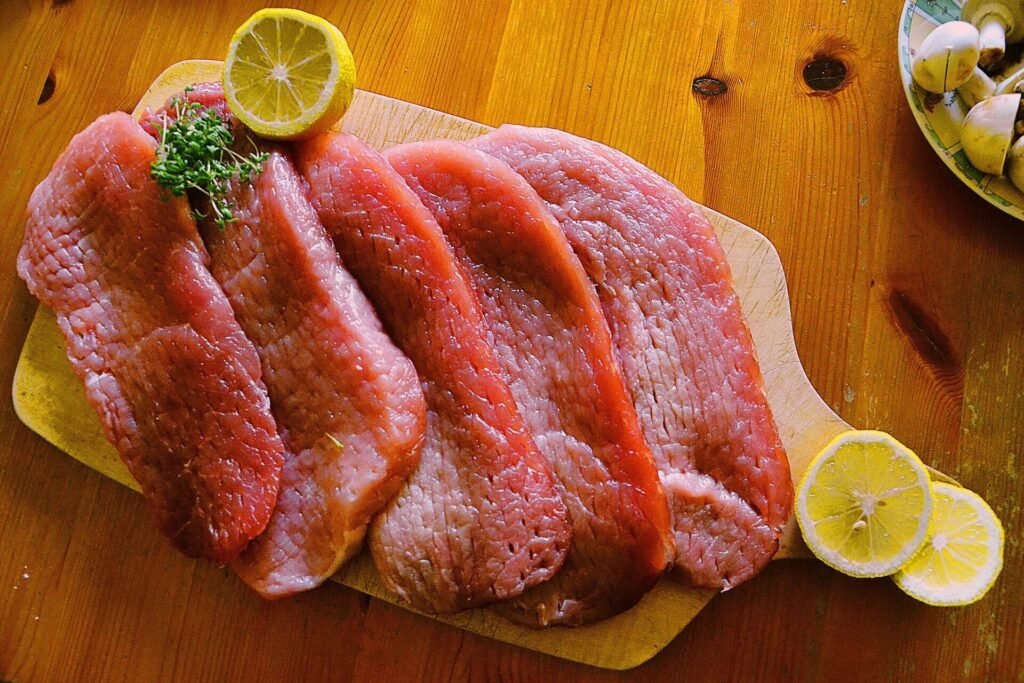
You’re what you eat, but additionally, you’re what your meal eats. To put it another way, healthy animals make us healthier. The ratio of omega-6 to omega-3 in your diet is indeed one of the most significant factors in your health.
3. The omega-3 fats in grass-fed cattle
This are higher than those in grain-fed cattle. bacterial infections The parasite counts are lower (meaning they need fewer antibiotics). Additionally, the type of feed matters over the quality of feed; for instance, organic-fed animals can still be fed foods (corn, soy).
4. Eggs

Often, eggs are mistaken for dairy, but they have to come from chickens over here, while dairy comes from cows (and a few other animals).
Moreover, dairy products like whey or casein, or lactose, and eggs offer the highest biological price of any food. Being lofty in vitamin A, vitamin B, minerals, and phytonutrients, eggs are a healthy food, despite their cholesterol levels.
5. Fish
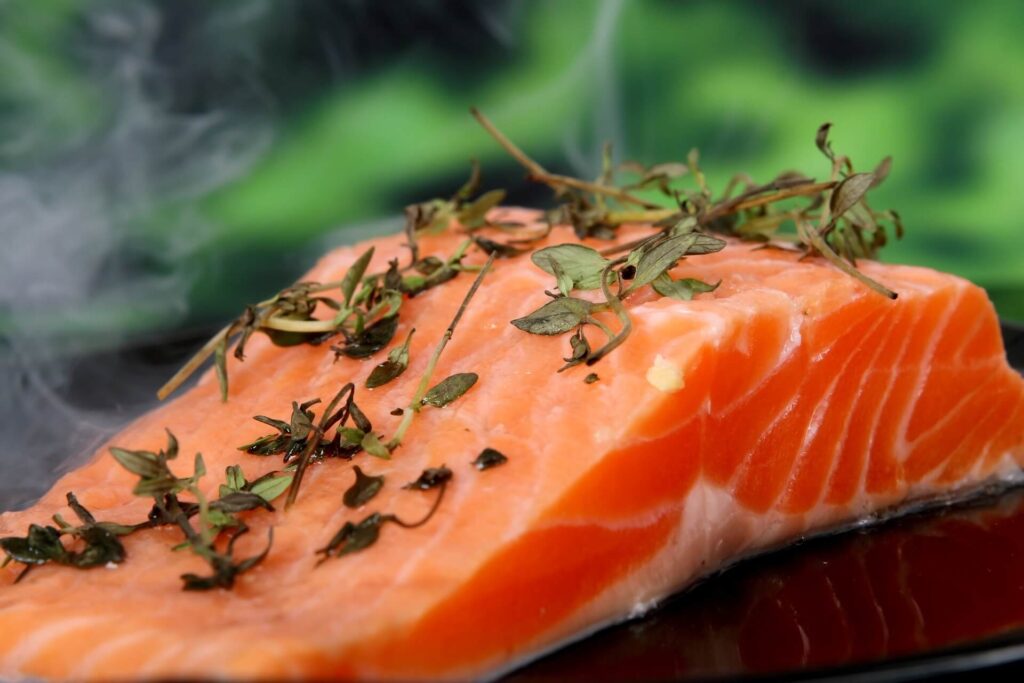
Several types of fish, including tuna, contain omega-3 fats. The moment benefit of limited fish (bottom feeders) is that they’re sustainable. So, in the meantime, eat an anchovy and you’ll have consumed 100 pounds of seafood.
It’s superior to exercising tuna, mahi-mahi, farmed salmon, shark, red snapper, and swordfish occasionally, plus mussels, oysters, clams, sardines, scallops, Pacific halibut, rainbow trout, lobster, and crayfish. Mercury levels in these smaller fish are also lower than those of predator fish.
Diverse types
Meats according to their animal source and preparation.
Red meat
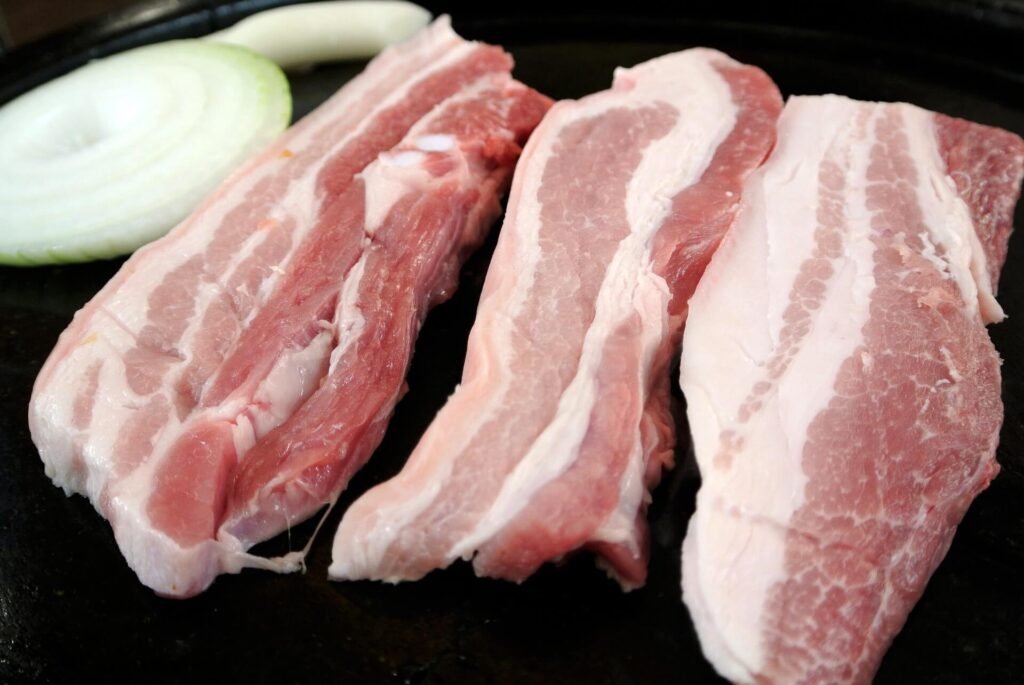
Myoglobin is an iron-rich protein found in the tissue of mammals and is, therefore, ampler in this meat than in white meat. Several examples are:
- Cattle (beef)
- Pigs and hogs (pork)
- Sheep
- Calves (veal)
- goat
White meat
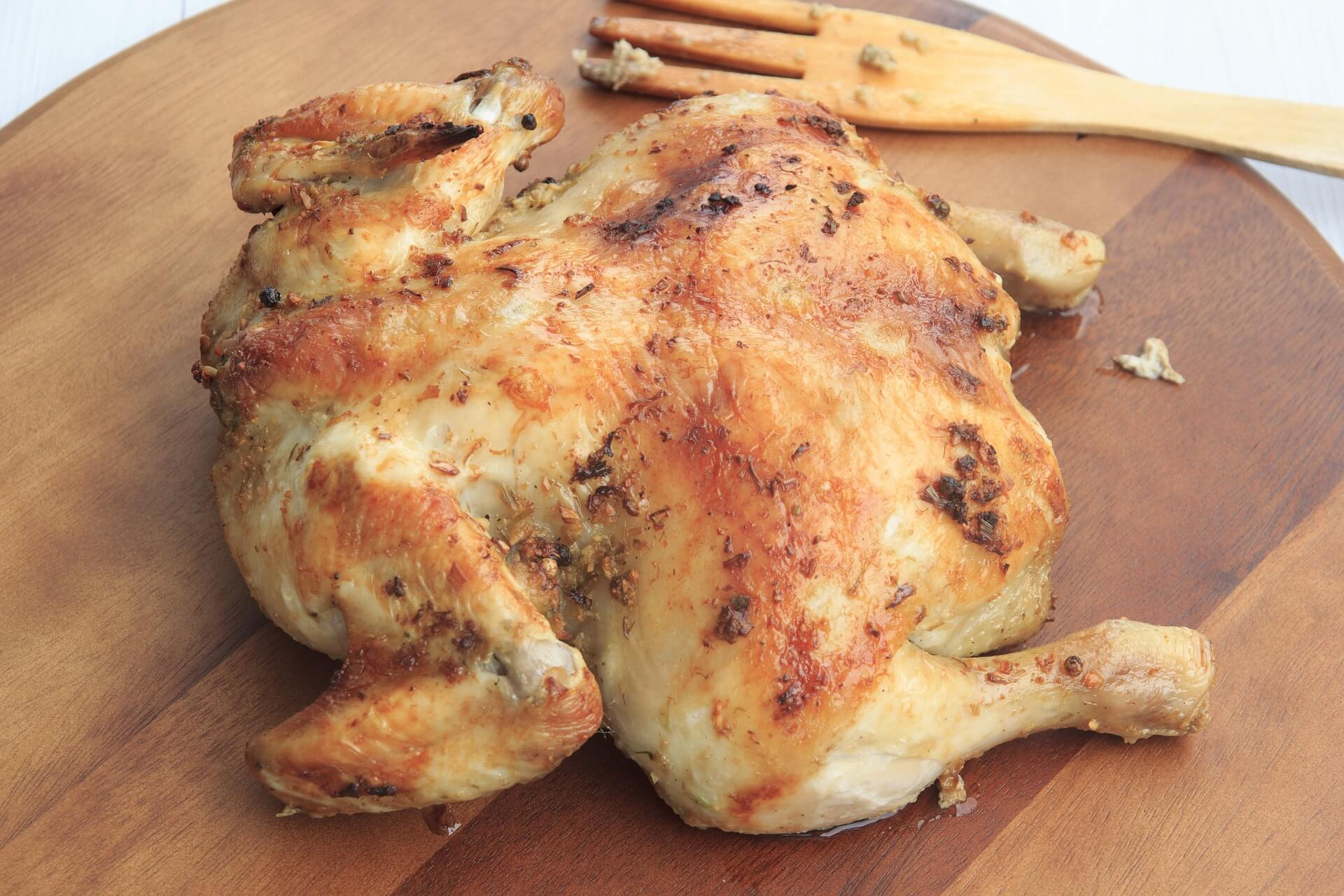
The meat is generally lighter in color than red meat and comes from birds and small game.
- In chicken
- In Turkey
- In duck
- In goose
- In wild birds, that is quail and pheasant,
Processed meat
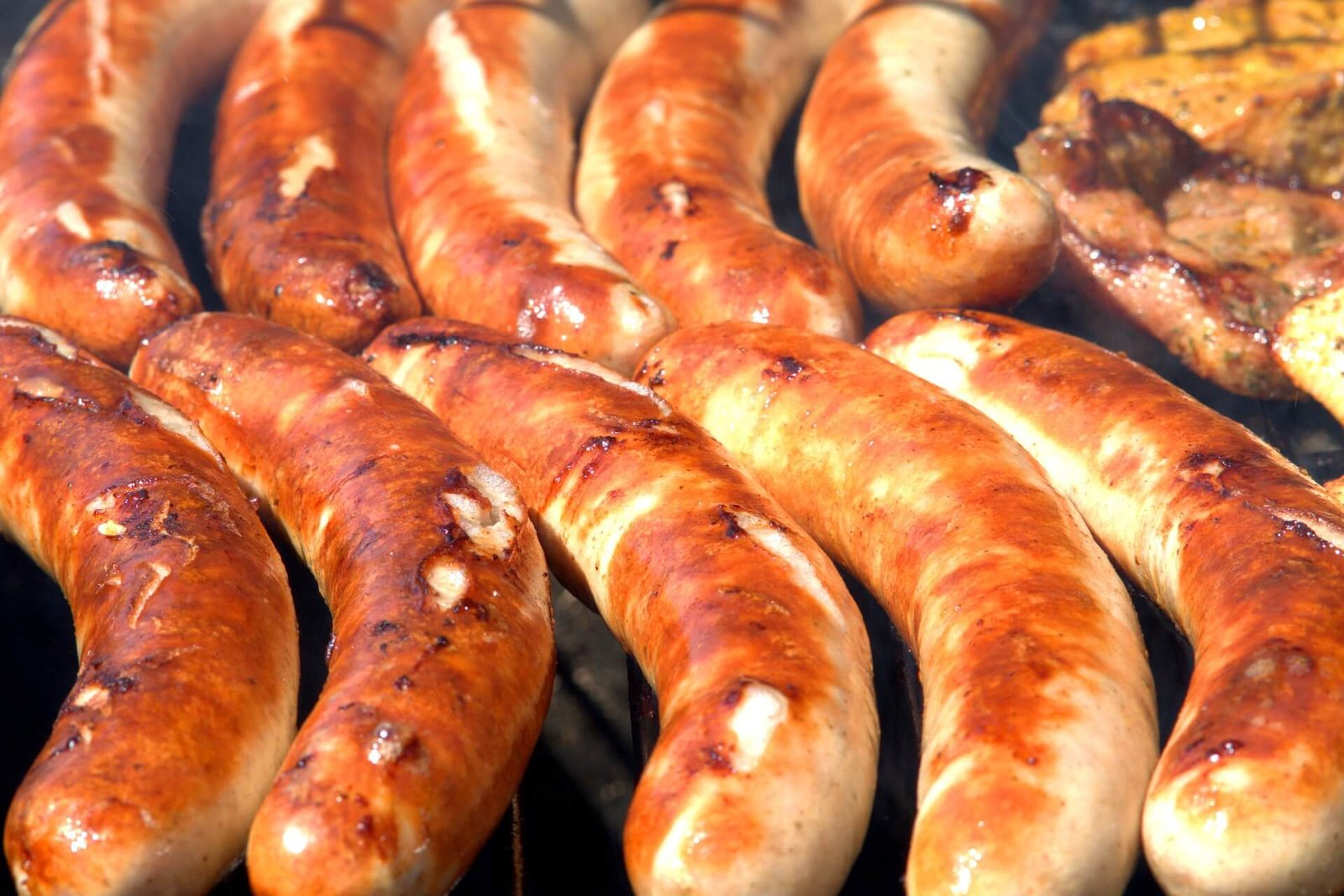
To maintain or improve the taste of processed meat, for example, salting, curing, smoking, and drying. There are several examples:
- A hot dog?
- Sausages
- Bacon
- luncheon meats, for example, salami, pastrami, and bologna.
- Jerky
Depending on its source, meat is either red or white and comes from a variety of animals. A variety of additives improve the flavor of processed foods.
Advantages
-
Protein Rich
Our bodies use protein for power and to operate normally. Women and teenage girls require 46 grams of protein daily, while men need 56 grams, while kids require 19–34 grams and teenage boys require 52 grams.
-
It may boost immunity
Zinc is a mineral that may help boost privileges in meat. A current survey released in the Molecular Medicine journal found that zinc can make antibodies that fight free radicals, which are linked to chronic diseases. Seafood is additionally high in omega-3 fatty acids, which help the resistant system.
-
Enhances muscle growth
According to a survey released in the American Journal of Clinical Nutrition, meat helps produce muscle strength. Individuals who are building muscle power increase their protein intake significantly because protein can help repair body tissues and increase muscle activity. Meat also contains proteins and zinc that can produce and repair muscle tissue.
-
It is an excellent source of Omega 3 and B vitamins
In seafood, omega-3 fatty acids may prevent cardiovascular issues and keep the heart-healthy. By absorbing omega-3 fatty acids daily, you may lower your risk of heart attack, stroke, and arrhythmia. According to studies, meat contains niacin, vitamin B12, and vitamin B6, which are necessary for hormones, red blood cells, and nerve cells. Furthermore, in addition to assisting in generating energy, these vitamins may additionally preserve a healthy nervous system and heart.
-
It enhances the health of your skin and hair
The liver, for example, contains ubiquinol, which is a considerable antioxidant, additionally found in the epidermis of the skin. Skin health is perhaps enhanced by ubiquinol, which aids in fighting oxidative damage. However, meat consumption can be favorable to hair since it’s rich in iron.
Summary
Because it contains protein, this could be favorable to the body since protein Meat is one of the best sources of protein since it has amino acids.
Meat has countless nutrients, adding iron, zinc, and selenium. One’s diet should additionally add vitamins A, B, and D; the health of your skin is, by hook or by crook, a benefit of consuming meat.
